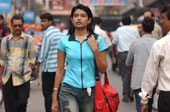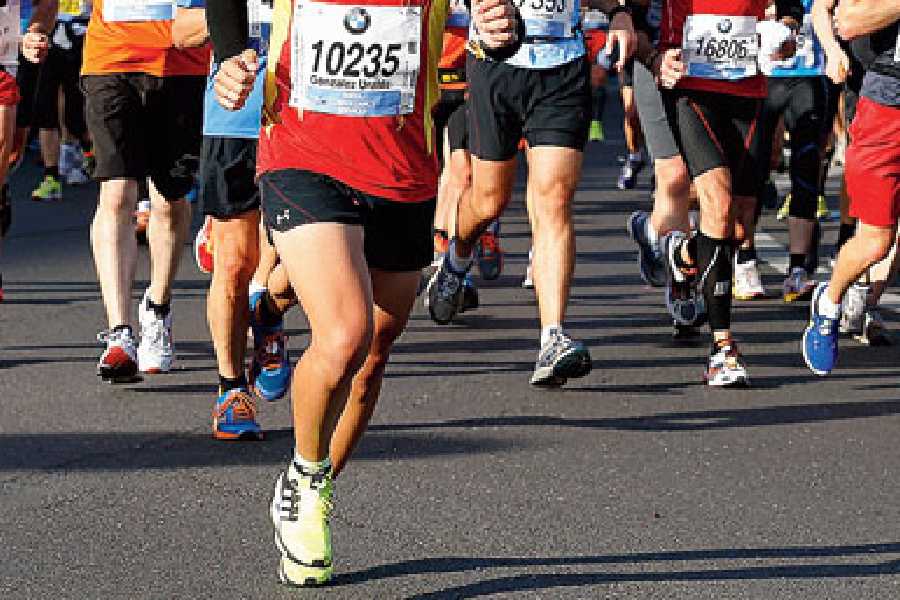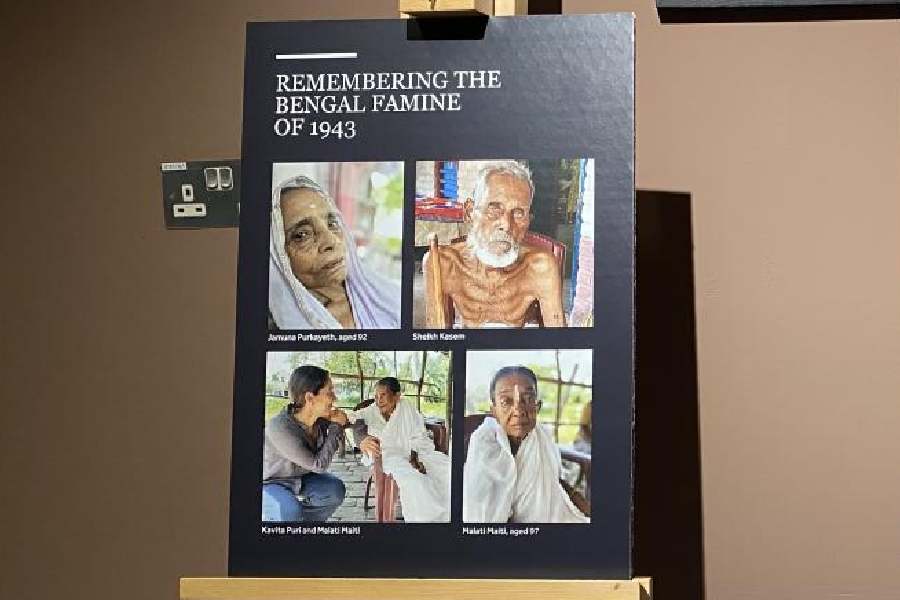 |
An average city girl sticks to a set of rules on the streets: never be alone on a dark, deserted lane; never walk too close to a parked or a moving car; make no eye contact with passers-by; and keep a mobile phone and pepper spray ready to tackle nasty situations.
She knows that women run the risk of harassment, assault, rape and murder. Adding to her woes are some road realities. Street lights are often on the blink, allowing assaulters to escape easily, pot holes and open drains on uneven pavements make it impossible for women to run or walk fast to flee an attacker and flyovers and tarred roads aid car-bound rape.
That life is not safe for women in the cities is an accepted fact, underlined by soaring crime graphs. In Delhi alone, for instance, the number of rape cases has jumped from 401 in 2001 to 611 in the first 10 months of 2005.
But now, experts stress the need for looking at urban space as a factor that compounds insecurity. “Dark or badly-lit streets, derelict parks and empty lots, poorly maintained public places, inadequate signages, the lack of public toilets ? all these contribute to women’s sense of insecurity in the capital,” says Kalpana Viswanath, co-ordinator, Jagori, a women’s training, documentation and communication centre in Delhi. “Add to this the fact that most public places are extremely male,” she says.
That city structures ? and not just its people ? are unsafe for women was highlighted in 22 safety audits Jagori recently undertook in different parts of Delhi.
For instance, the audit on the busy Kasturba Gandhi Marg in Connaught Place in central Delhi revealed that street lights were hidden by trees, making the area unevenly lit. Parked cars and broken pavements made it difficult for pedestrians to walk. On Connaught Lane, it was found that the street lights were not working and the darkness, combined with the predominance of male passers-by, made women uncomfortable while walking. In a recent report, the Delhi Police too blamed dark, unlit and dimly-lit streets for the rise in crime against women. A fortnightly survey carried out by the police says that over 30 per cent of the street lights in the city are defective.
Safety, clearly, is linked as much to bright lights as it is to good planning. K.T. Ravindran, who teaches urban design at the School of Planning and Architecture in New Delhi, blames the city planners for their perception of the capital as a corporate enterprise. According to him, that is the chief reason for neglecting the issue of women’s safety in public places. “The city’s planners are only looking at people who are active in the corporate sphere ?? from young adults to people in their fifties. Their perception is that women, children, the disabled and the elderly are not part of the corporate sphere. Therefore, their needs are not taken care of.”
Delhi’s story is the same as that of most other big cities. And, as the experts looking at ways of making Delhi safe for women believe, just as the factors for insecurity are common among the metros, the proposals for safety measures can also be replicated in various parts of the country.
Quite often, development ? as seen by planners ? spells trouble for women. Ravindran holds that the drive to make roads automobile-friendly is partly responsible for the rise in crimes against women. A high-speed city, he points out, facilitates car-bound crime. One example fresh in the minds of Delhi residents is the Dhaula Kuan rape case of May 8. A 19-year-old student out on a walk with a friend was dragged into a moving car and raped for three hours before her assaulters dropped her near her home in another car.
Days later, a deaf-mute pregnant woman was raped by a group of men in Mayapuri in west Delhi. The woman, a resident of the slum clusters, was pulled into a moving car. She was then dropped 10 kilometres away from her house.
“If you see a pattern in crime in the city, you will understand that pedestrians can be literally taken away, molested and raped. And there is no urban design that can prevent this,” says sociologist Radhika Chopra, an advisor on the Delhi Urban Arts Commission’s recently constituted task force on public spaces, safety and urban design.
Women in Delhi also live with the fact that if they are mugged and molested on the streets they will be left alone to perish in agony. For this is a city where looking a bystander in the eye or smiling at a stranger means inviting trouble. But experts believe that this indifference of Delhiites towards each other is also bred and aggravated by urban design. “The physical structure of the city discourages interaction between people,” points out Ravindran. “Urban design should be such that it should include chance encounters with people. Slower movement on the road will result in micro-level interaction and social surveillance,” he adds.
One of the solutions task force members advocate is mixed land use. At present, institutional, residential and commercial spaces are all segregated. “This makes most areas active at one part of the day and completely desolate at another part, making it unsafe for women,” says architect Ashok Lal, also a member of the task force.
As part of the task force activities, Chopra conducted a detailed study of a busy lane in the tony Greater Kailash-1 area. The study found that every single house there had a safety issue. The only safe place on the street was a coffee shop, frequented by single women even late in the night. The owners had lighted the place well to make women feel safe and had kept street interactions to the minimum with valet parking. But, as Chopra points out, valet parking and privately provided lighting are not long-term solutions.
The study recommends some changes in the design of streets to make them safer. Street lights, for instance, should be between the roads and pavements and about five to six feet away from the houses. Moreover, instead of being directed at the roads to help automobile movement, lights should be shining down on the pavements to facilitate safe pedestrian movement, the study suggests.
Evidently, giving some thought to the design and planning of cities can significantly improve the lives of women. An effective urban safety plan along with community mobilisation will encourage women to use public spaces with ease. And, who knows, it could usher in a time when women in cities will be able to walk freely at the dead of the night.










